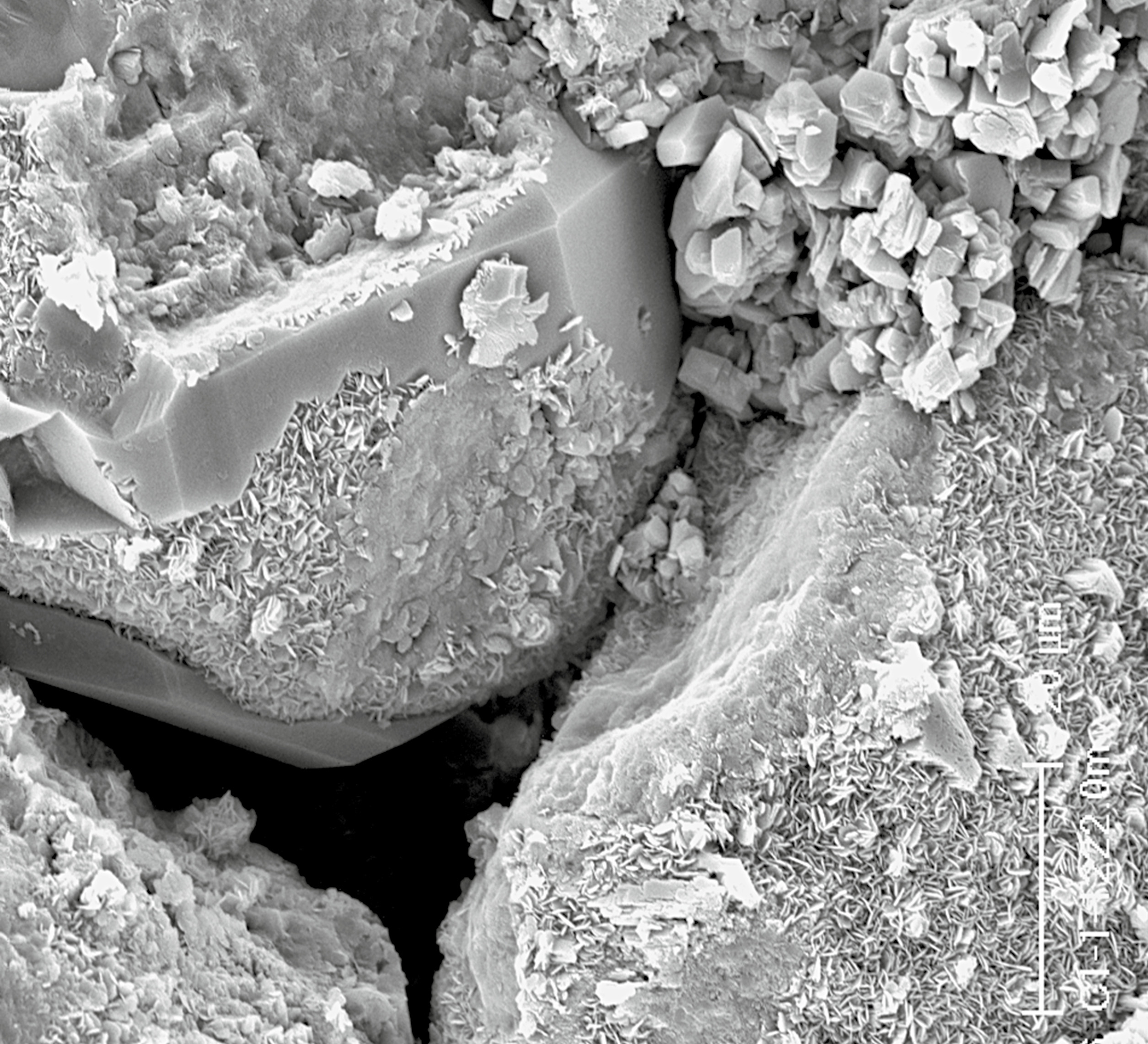At the heart of our successful static and dynamic modelling process is understanding the true nature of target reservoir sections. To achieve this we focus on chronostratigraphically tied well correlations, pragmatic core, petrology, wireline, seismic attribute and BHI interpretations. Of course we integrate and use the rocks as our primary control. We go further that all other companies however, we derive porosity and permeability from the visual inspection of often ignored drill cuttings. Using drill cutting in this way liberates us in that we can use all rock data that is available.
- Porosity and permeability estimation from drill cuttings (rock typing)
- Core logging (clastics, carbonates, evaporites, volcano-clastics, (fractured) basement)
- Biostratigraphy, petrology and reservoir quality interpretation
- Sedimentological analysis and interpretation
- Facies analysis and mapping
- Fracture assessment
- Sequence stratigraphic interpretation


